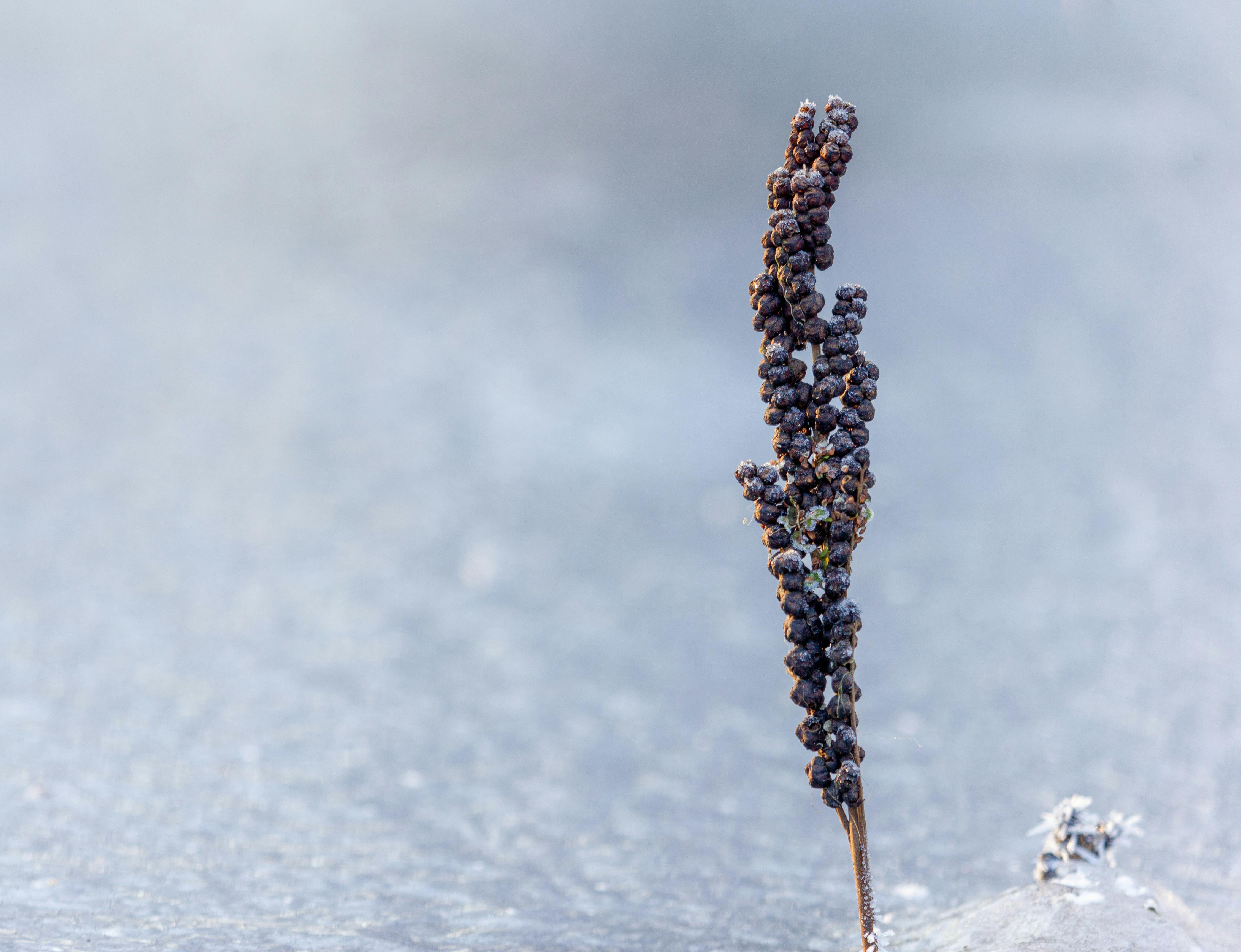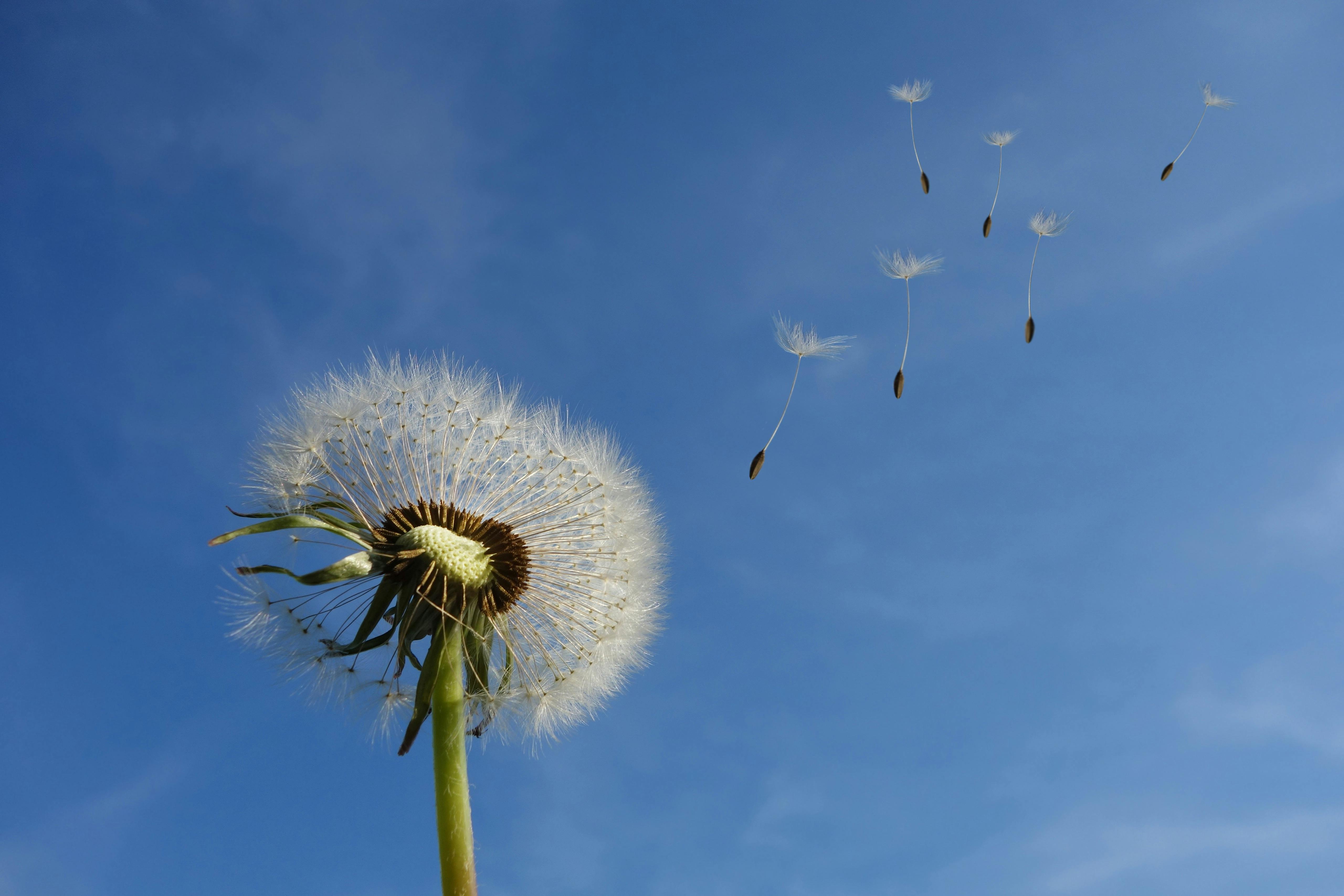When the right time of year arrives, planting wildflower seeds is a great way to add color and beauty to any outdoor space. Wildflowers are easy to grow and require little maintenance. With the proper preparation and timing, you can have a garden full of colorful blooms in no time. In this article, we’ll discuss when is the best time to plant wildflower seeds so that you can get your garden looking its best.The best time to plant wildflower seeds is in the late fall or early winter. This allows the seeds to have enough time to germinate and establish their root systems before the hot summer months arrive. Planting in the winter also ensures that the soil is moist, allowing for optimal growth when spring arrives.
Location
When planting wildflower seeds, it is important to consider the location, as this will affect the success of the bloom. The area should be sunny and well-drained, with enough space between plants for them to grow and spread. If a wildflower garden is being created from scratch, it is best to choose a spot that is not in a heavily shaded area. Additionally, it is important to take into account the soil type and moisture level of the chosen location.
Climate
The climate should also be taken into consideration when planting wildflower seeds. Different species prefer different climates, so research should be done on which species are best suited for the climate in which they are being planted. Additionally, different species are better adapted to cold or warm temperatures and wet or dry conditions.
Seed Type
The type of seed chosen can also affect the success of wildflowers blooms. There are various types of wildflower seeds available, such as perennial or annual varieties, native or non-native species, and pre-packaged mixes. It is important to choose a seed type that is best suited for the particular climate and soil conditions of the chosen location.
Preparation
Before planting wildflower seeds, it is important to prepare the soil so that it provides optimal conditions for germination and growth. This includes loosening compacted soils, removing weeds and rocks from the area, testing pH levels if necessary, adding organic matter such as compost or manure if needed, and ensuring adequate drainage.
Fertilization
Fertilization should also be considered when planting wildflower seeds. Different species may require different fertilization schedules depending on their nutrient needs. Additionally, if using organic fertilizers such as compost or animal manure, it is important to make sure they are applied correctly so as not to damage delicate seedlings.
What Is the Ideal Temperature for Planting Wildflower Seeds?
Wildflower seeds can be planted any time of year, but the ideal temperature will depend on the species of wildflower you are planting. Most wildflower seeds prefer a soil temperature of 18-21°C (65-70°F) for germination. If you are planting in colder climates, you may need to wait until the soil warms up to get the best results. If your soil is too cold, it may take longer for the seeds to germinate and could potentially fail to sprout at all.
If you are planting in warmer climates, make sure that your soil is not too hot as this can be detrimental to seed germination. The optimal temperature range for most wildflower seeds is between 15-25°C (60-80°F). It’s important to keep in mind that some varieties of wildflowers are more tolerant of higher temperatures than others and should be planted accordingly.
It’s also important to remember that some species of wildflowers need cold temperatures for seed stratification before they will germinate. This means that these types of seeds should be exposed to cold temperatures for several weeks or months before they are planted in order to increase their chances of successful germination.
In general, it’s best to plant your wildflower seeds when temperatures are between 18-21°C (65-70°F). This will allow your wildflowers to get off to a good start and increase their chances of successful blooming later in the season.
What Type of Soil Is Best for Planting Wildflower Seeds?
Wildflower seeds thrive in soils that are nutrient-rich and well-draining, allowing them to germinate and spread quickly. A quality soil mix for wildflowers should contain a combination of organic matter like compost, peat moss, and manure. It should also have a balanced pH level, as most wildflowers prefer slightly acidic to neutral soils. A soil test kit can be used to determine the exact pH level needed for your wildflower seeds. Additionally, the soil should be loose and crumbly, providing plenty of air pockets for the roots to develop.
Adding mulch or shredded bark can help insulate the soil from extreme temperatures and prevent weeds from growing. It is also important to water the soil regularly and deeply throughout the growing season. This will help keep wildflowers hydrated during periods of drought or extreme heat. If you are planting in an area with poor drainage or prone to flooding, adding sand or gravel can improve drainage while helping the roots retain moisture.
Finally, it is important to choose an area with plenty of sunlight for your wildflower planting; most varieties need at least 6 hours of direct sunlight each day in order to thrive. With proper preparation and care, you can create a lush garden filled with beautiful blooms that will last all season long!
How Deep Should You Plant Wildflower Seeds?
When planting wildflower seeds, it is important to consider how deep the seeds should be planted. Generally speaking, most wildflower seeds should be planted between 0.25 and 0.5 inches deep into the soil. This depth is optimal for allowing the seed to receive enough sunlight and moisture to successfully germinate and grow. Soil that is too shallow may cause the seed to become overheated or dry out quickly, while soil that is too deep may lack enough sunlight for successful growth.
It is also important to prepare the soil before planting wildflower seeds. The soil should be loose and well-aerated in order for the seed to take root and grow properly. The use of organic mulch can help keep the soil moist and provide nutrients for plants as they grow. Additionally, adding a slow-release fertilizer at planting time can help with early root development and growth of the plant.
Finally, it is important to water the area thoroughly after planting wildflower seeds in order to ensure proper germination and growth. Watering twice a week during the first few weeks of growth will help keep the soil moist while allowing enough air flow around the roots of the plants. Additionally, watering deeply will help encourage strong root growth which will benefit overall plant health down the line.

Sowing Wildflower Seeds Directly or Starting Them Indoors?
Many gardeners face the dilemma of whether to sow wildflower seeds directly or start them indoors. Each method has its own advantages and disadvantages, and the right choice will depend on a variety of factors such as the climate, available gardening space and the desired effect.
When sowing wildflower seeds directly outside, it is important to choose an appropriate time of year. In areas with cold winters, it is best to wait until late spring or early summer when temperatures become warmer and frost danger has passed. It is also important to prepare the soil properly by removing weeds, rocks and debris before sowing. This will help create a hospitable environment for germination.
Starting wildflower seeds indoors can be beneficial in climates with cold winters as it allows gardeners to get a head start on the growing season. Additionally, indoor sowing can help avoid seed predators such as birds or rodents that might otherwise eat any planted outdoors. However, if growing space is limited inside, starting too many seeds at once could overcrowd plants and inhibit growth when they are eventually transplanted outside.
Ultimately, deciding between sowing wildflower seeds directly outside or starting them indoors depends on a number of factors such as climate and available gardening space. Gardeners should consider their individual needs before making a decision that works best for them.
How Often Should You Water Wildflower Seedlings?
Watering wildflower seedlings is essential for their healthy growth and development. The frequency of watering will depend on the temperature, soil type, and light levels. In general, it is best to water the seedlings in the morning or late afternoon when temperatures are cooler. During hot summer months, it may be necessary to water twice a day.
When watering wildflower seedlings, it is important to not overwater them as this can lead to root rot and other fungal issues. To determine if a seedling needs to be watered, stick a finger into the soil near its base; if it feels dry, then it needs to be watered. It is also best to use lukewarm water when watering seedlings so as not to shock them with cold water.
The amount of water needed will vary depending on soil type and environmental conditions such as wind and humidity levels. Sandy soils will require more frequent watering than clay soils since they drain quickly. If you have sandy soils, you may need to water your wildflower seedlings every day or two depending on the weather conditions. Clay soils tend to hold more moisture longer so they don’t need to be watered as often as sandy soils.
It can take some trial and error to find the right frequency for watering your wildflower seedlings but once you find a good balance that works for your climate and soil type, you should stick with it so that your flowers can thrive!
What Kind of Maintenance Do Wildflowers Need After They Are Planted?
Once wildflowers are planted, they require general maintenance to ensure they thrive and bloom. The first step is to water the plants regularly. Depending on the type of wildflower, you may need to water them daily or every other day. For most varieties, a good soaking once a week is sufficient. You can also add a layer of mulch around the plants, which will help retain moisture and keep weeds at bay.
Weeds can be a major problem when it comes to wildflowers so regular weeding is important. Hand pull any weeds that appear and try to get the entire root out so that it doesn’t come back. If you have particularly stubborn weeds, you may need to use an herbicide to get rid of them.
Finally, it’s important to fertilize your wildflowers on a regular basis. This will help them stay healthy and encourage more blooms. Use an organic fertilizer or compost that is specifically designed for flowers and follow the instructions on the package for best results.
Overall, with proper maintenance, your wildflowers should thrive and provide you with beautiful blooms for many years to come!

Conclusion
Wildflower seeds can be planted in a variety of seasons, depending on the type of flower and your climate. In general, it is best to wait until after the last frost of spring to plant wildflower seeds outdoors. But if you live in a warmer climate, you may be able to get away with planting earlier. It is also possible to begin planting indoors four to six weeks before the last frost in order to get an earlier start on your garden. Before planting, it is important to thoroughly prepare the soil with compost and fertilizer. Additionally, it is crucial that you understand what type of wildflowers will do well in your area’s climate so that you can select the right seed varieties.
No matter when or where you plant them, wildflower seeds are a beautiful addition to any landscape. Planting them correctly will ensure that their beauty will last for years to come.

